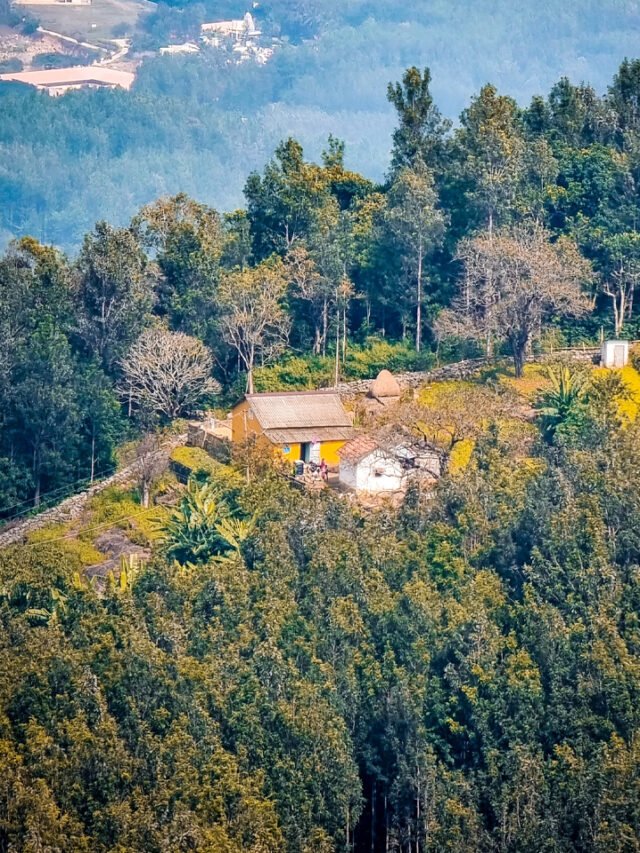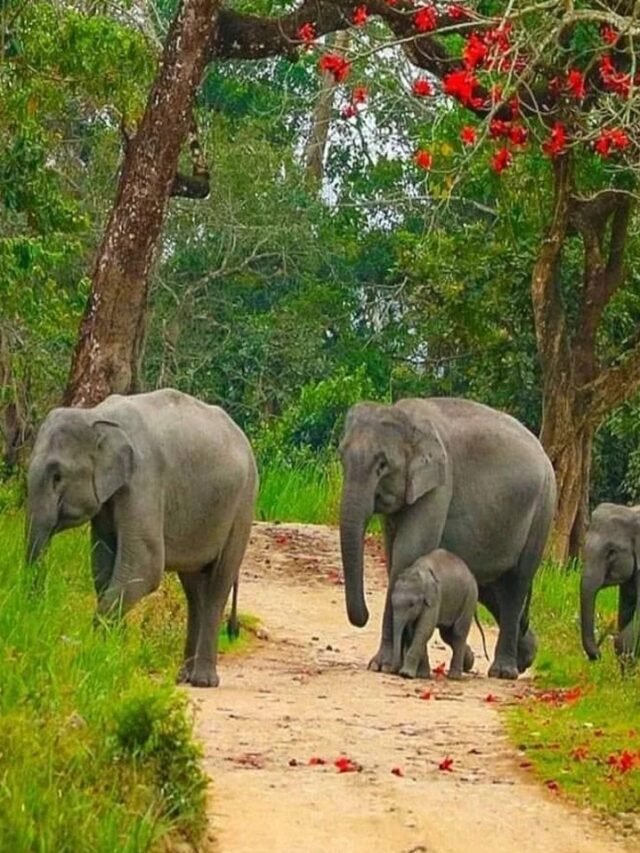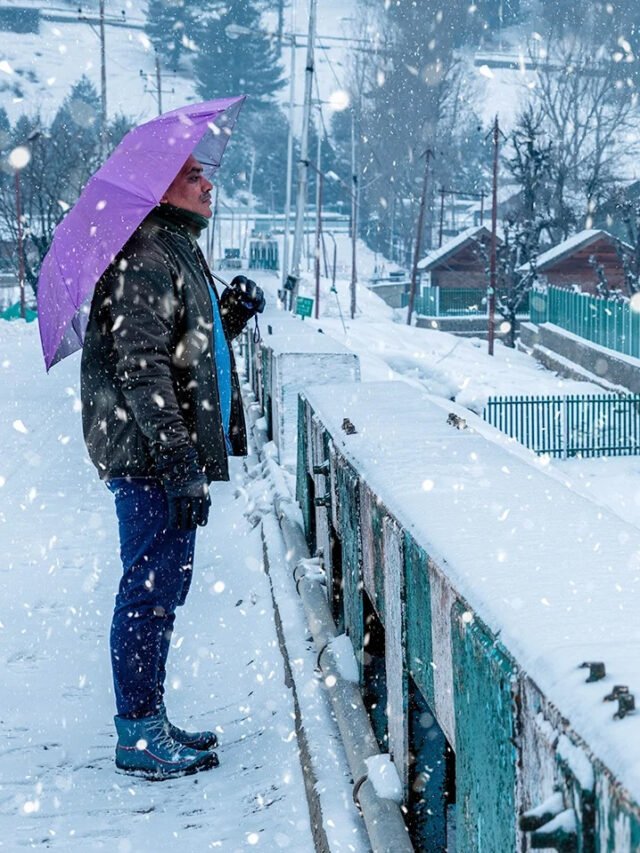GANGTOK, April 16: The Sikkim government and UNESCO have joined hands to preserve the art of the traditional Lepcha cane bridge or ‘Ru-Soam’, officials said on Wednesday.
The indigenous bridge-making tradition is still practised by Lepcha communities in the Dzongu Tribal Reserve within the Khangchendzonga Biosphere Reserve in the northeastern state, they said.
During a meeting held at Tashiling Secretariat with Science and Technology Department officials here, UNESCO Regional Director Tim Curtis hailed the collaboration and offered support for technical documentation and heritage recognition in line with global standards for the Lepchacane bridge art.
Science and Technology Department Minister Pintso Namgyal Lepcha chaired the meeting where experts, artisans and community leaders came together to showcase ‘Ru-Soam’, crafted entirely from natural materials like wild cane and bamboo, the officials said.
The indigenous structure’s value has been further highlighted in recent times as a symbol of sustainable and disaster-resilient infrastructure, they said.
Benno Boer, Chief of Natural Sciences, UNESCO, is likely to visit Sikkim in May to take the initiative forward.
“This collaboration marks a powerful commitment to safeguarding Sikkim’s intangible heritage, and aligns with UNESCO’s goal of safeguarding intangible cultural heritage,” an official said. (PTI)












